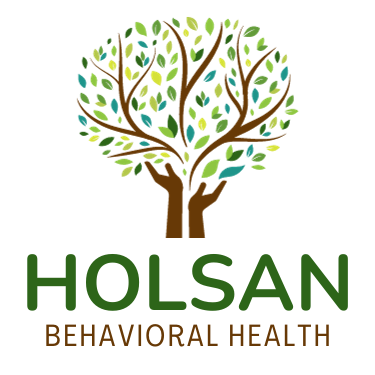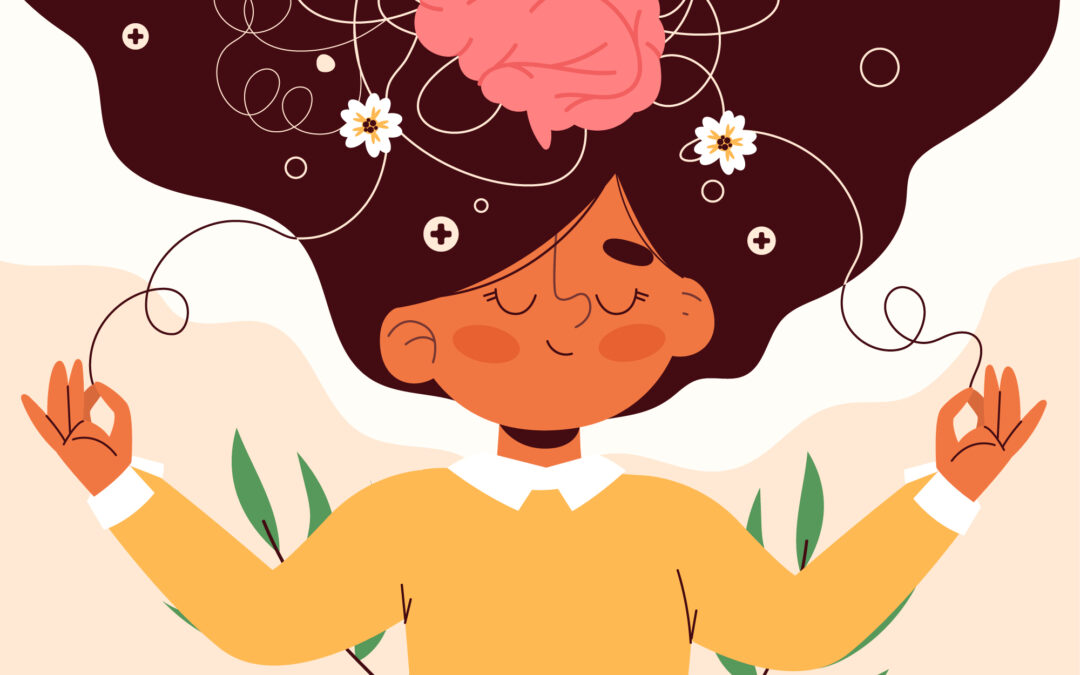A mental health checklist is a tool to assess our overall well-being and identify potential areas of concern. A customized checklist can help us determine the need for assistance and support in our mental health journey; however, there are a few key areas to consider, including mood, sleep, social connections, and coping mechanisms. Information about these areas of our performance will prompt us to engage in self-reflection on our own emotions and mental state.
A mental health checklist can also focus on tips that help us maintain our well-being, such as moving our body, learning something new, or taking five deep breaths. It is important to design tools that will help us manage our mental health state according to our needs by identifying those activities that help us the most during moments of distress and crisis. Self-care practices can change our mood and soothe our emotions. For some people, spending time with their pets is a game-changer after a stressful day; for others, a mandatory walk on their own provides the time to decompress their mind and exercise their body.

The first step is to determine which questions help you identify your emotions better.
- What am I feeling right now?
- Is it anger, fear, sadness, joy, or something else?
- Can I put a word to it?
The second step is to identify which activities help you keep your emotions in check.
Self-awareness is a life-saving skill, the ability to understand and perceive one’s thoughts, emotions, behavior, feelings, and how these impact others. It is a lifetime process or journey.
The more you know about yourself, the quicker you will find those questions and activities that will ultimately make you become an expert at checking your signals for help and tips to recover control over your thoughts, feelings, and emotions.
The endless checklists available on the Internet can be overwhelming and not necessarily fit your needs; therefore, take the time to come up with a list of activities that work for you. It is your homework.
I can give you some ideas that work for many, such as:
- Practicing mindful breathing reduces stress and improves our overall well-being.
- Getting exercise decreases depression and anxiety through the release of endorphins.
- Connecting with someone to increase happiness, even if it is just a text message or a brief call.
- Reflecting on your achievements to boost your self-esteem, from getting out of bed to noticing the beautiful flower on the ground, the list is endless.
- Limit screen time, especially before bed, to reduce stress levels and improve your sleep quality.

EXTRA IDEAS
- Expressing gratitude: Some people have experienced that expressing gratitude also helps them build self-esteem and boosts their well-being. Say it out loud or even write a gratitude journal of little things that make you feel grateful, or even things that you know should make you feel grateful.
- Get some sun, the sun is a great source of vitamin D, and it can improve attitude and mood.
- Music Therapy: Music can certainly be a powerful tool for calming and healing, and may benefit different aspects of your well-being. Music energizes us, activates us, puts us at rest, and helps us get focused. Use it to your benefit as part of your toolkit to manage your emotions and thoughts.
- Aromatherapy: You may inhale the aroma by creating a facial steam or using an essential oil diffuser. Just as an aroma can trigger a stressor, it can also bring you to relaxation and peace.
Can you think of any tips that help you manage your emotions and feelings? What works for you?
It is time to write them down and make your own Mental Health Checklist tool.
Do you want to share all these tips with us at Holsan Behavioral Health? We are here to listen to you and help you manage your mental health for a fulfilling life.
REFERENCES
TAKE A MENTAL HEALTH TEST HERE: mhascreening.org.

